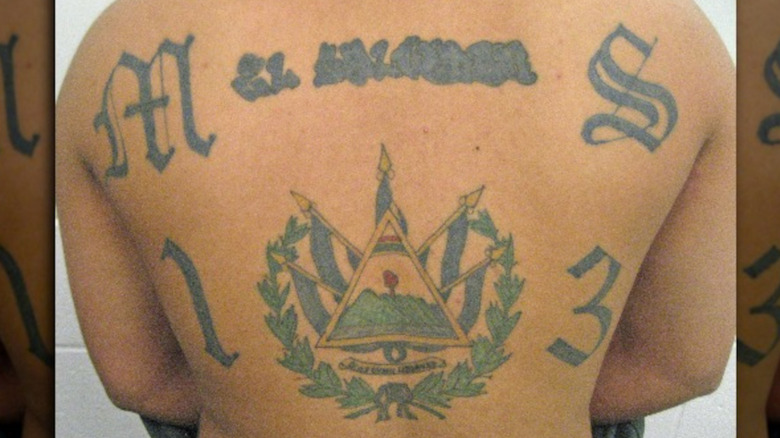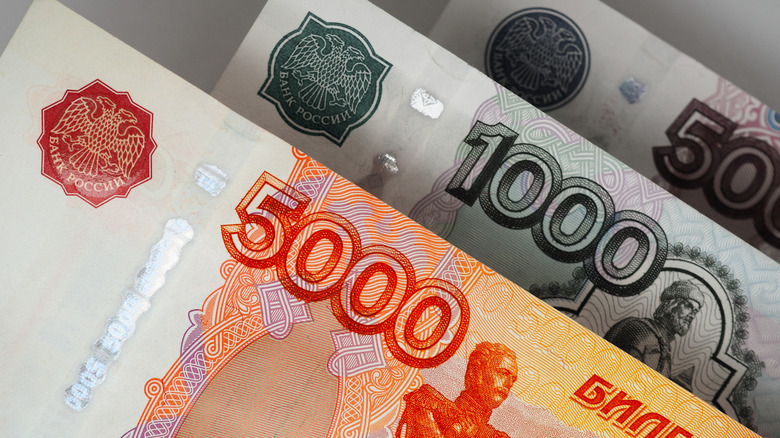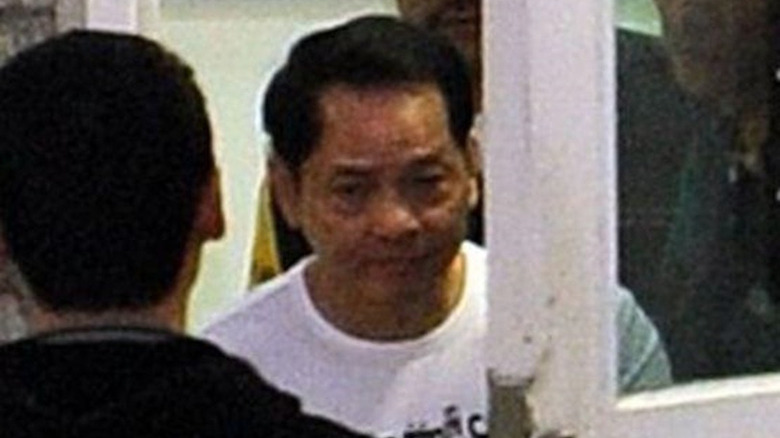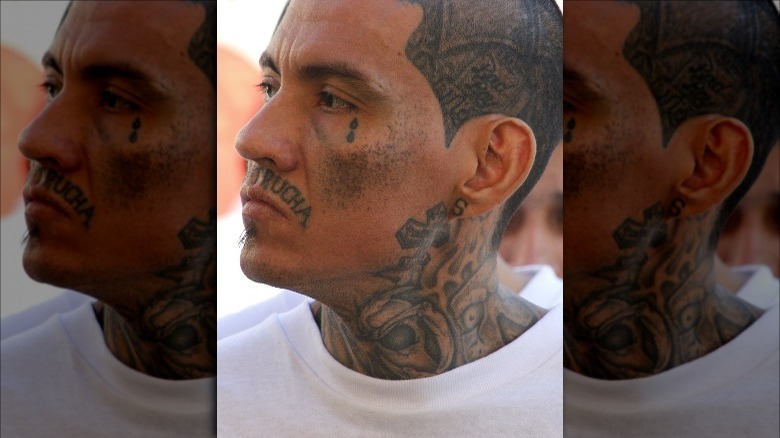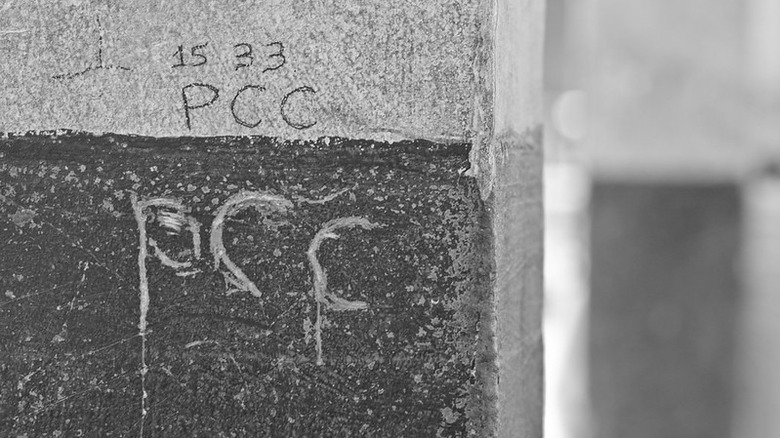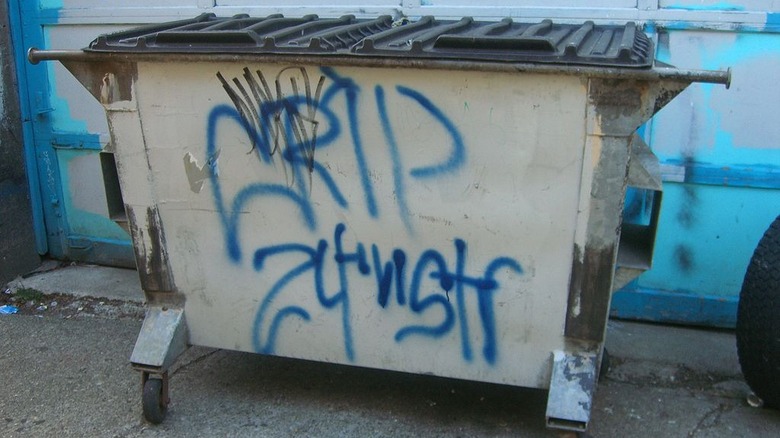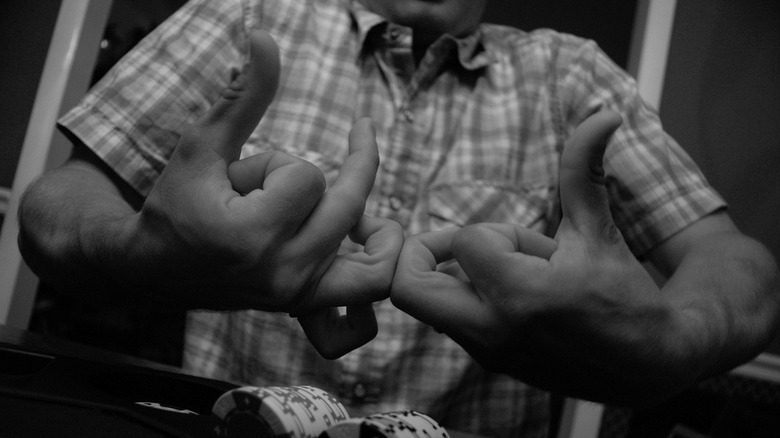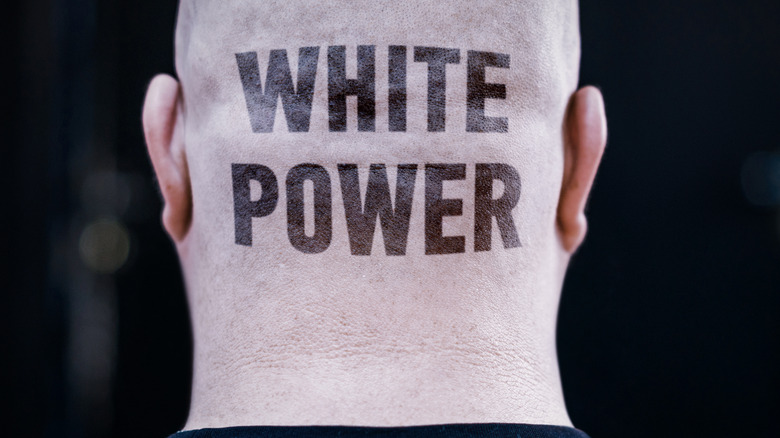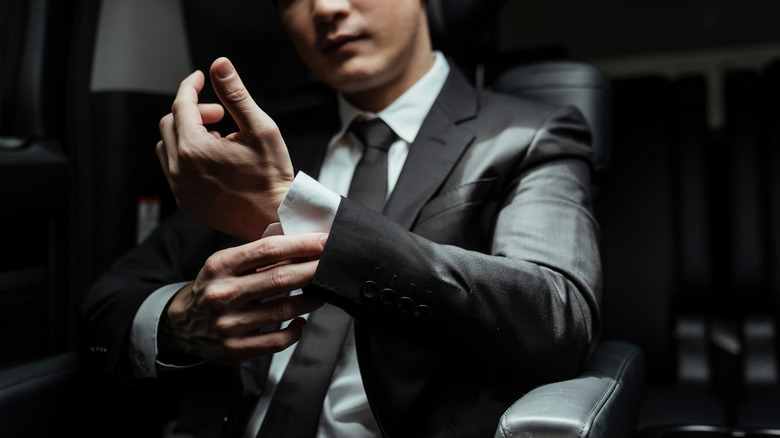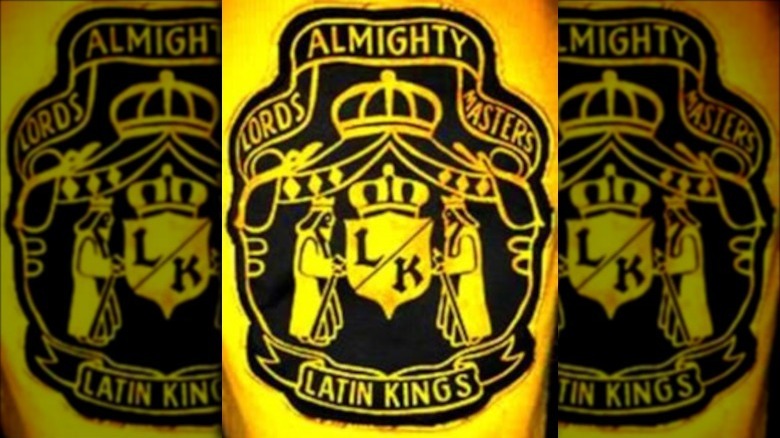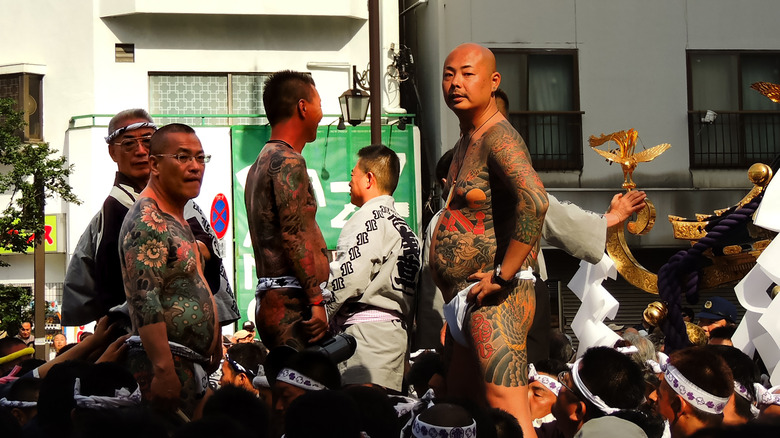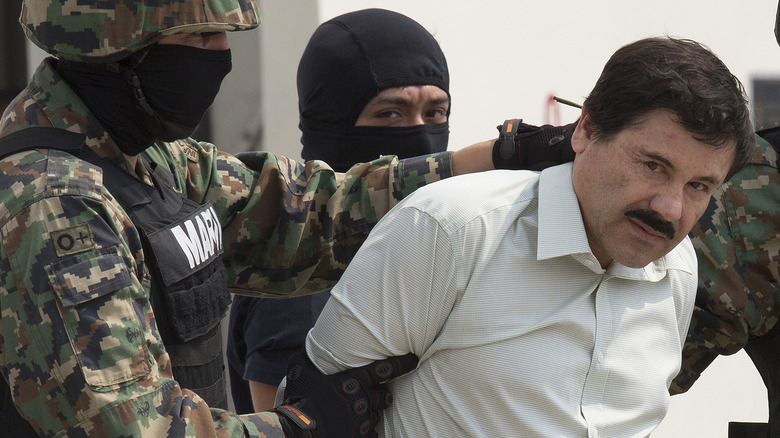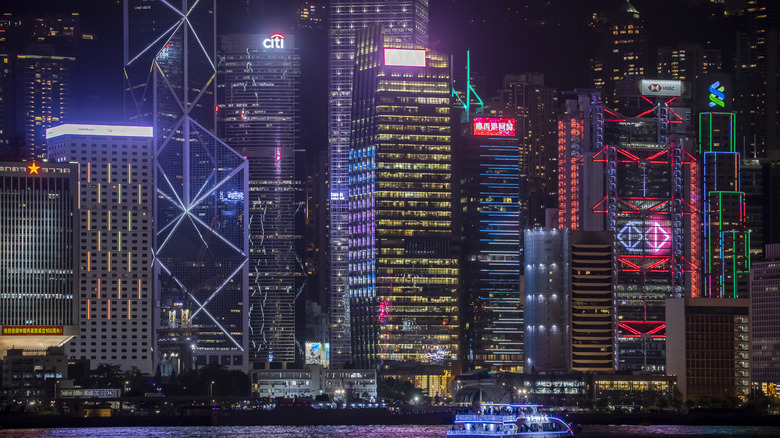The World's Most Dangerous Gangs
Humans are social animals, hence civilization. Humans are also violent animals, hence armies and world wars and the fact that the phrase "murder rate" is commonly used in our everyday lives. Put those things together and it's not surprising that humanity has a tradition of forming violent criminal gangs that goes back thousands of years.
While movies and TV sometimes glorify gangs with stories of brotherhood, rigid codes of honor, and charming anti-heroes, the fact is most gangs are extremely violent and dangerous. You generally don't have to worry about violent gangs of criminals unless you are yourself involved in criminal activity—but violence has a way of splashing out on everyone around it regardless of innocence. And gang violence exacts a cost on society, both in terms of money and less-definable things, that we all pay for one way or another.
But there's a distinction between a small-time gang that crops up in a bad neighborhood and a global organization that approaches army status. When a gang reaches a certain level, it becomes a danger not just to other criminals but to everyone, including law enforcement and innocent bystanders. It becomes something truly terrifying. Right now, around the world there are dozens of criminal organizations running violent criminal enterprises and undermining society—here are the world's most dangerous gangs.
Tambovskaya-Malyshevkaya: The Russian mob linked to Putin
The Tambovskaya-Malyshevkaya gang is a union between two gangs, The Tambov Gang (as noted by The Atlantic, it takes its name from the region of Western Russia where its founders hailed from) and the Malyshevkaya syndicate. As reported by Radio Free Europe, the gang was initially comprised of so-called "gangster athletes" who took advantage of the chaos in the wake of the collapse of the Soviet Union. In the early 1990s, the Tambovskaya-Malyshevkaya gang more or less ran St. Petersburg.
The Tambovskaya-Malyshevkaya took the ruthless lessons of the Soviet boxing world and applied them to criminal activities. As noted by The Guardian, the gang has been charged with a laundry list of violent crimes including murder, drug trafficking, and extortion. One reason the Tambovskaya-Malyshevkaya gang is so fearsome is their apparent invulnerability: They're clearly closely linked to Vladimir Putin's government in Russia. Putin's rise to power began in St. Petersburg in the 1990s, after all, and there's plenty of evidence the leaders of the gang communicate regularly with Putin's ministers.
That may be one reason efforts to crack down on the Tambov gang haven't been effective. As reported by BBC News, in 2008, the Spanish government arrested 20 members of the gang. After more than a decade, the court determined that there was insufficient evidence and acquitted 17 of the suspects.
The 14k Triad: Revolutionary roots
The triad is sort of like the Chinese version of the mafia—an organized crime unit that operates under specific traditions and rules. According to GQ, the 14K Triad isn't the largest organized crime syndicate currently operating in Hong Kong, but their second-tier status might actually be inspiring them to greater heights of violence. Complex reports that they engage in human trafficking, drug smuggling, extortion, and assassination, among many other crimes—and that worldwide they have approximately 20,000 members.
Authors Frank Shanty and Patit Paban Mishra note that the 14K Triad was initially formed in 1947 on mainland China, and designed to be a military organization to support Chiang Kai-Shek's Nationalist Army during the Chinese Civil War. When the war turned against them, the 14K fractured and spread around the area, with many members landing in Hong Kong. For several years they remained a politically-focused group, but with the death of their leader in 1953 the organization slowly evolved into the violent criminal gang we're saddled with today.
As CNN reports, the 14K Triad has waged a bloody war against rival gangs, setting off bombs and stabbing or shooting people with wild abandon. And the Triad seems to be linked closely to the Chinese government—The New York Times reports that when pro-democracy protesters were attacked in Hong Kong in 2019, many of the attackers were linked to 14K and other Triads.
MS-13: From protectors to thugs
Mara Salvatrucha, otherwise known as MS-13, is one of the most famous American gangs in large part because they're frequently mentioned by politicians as a serious threat. And for once the politicians aren't wrong—MS-13 is a brutal, violent gang. As reported by USA Today, MS-13 has established a reputation for flagrant brutality, including hacking people to death with machetes, executing people in broad daylight in front of witnesses, and beating people to death with baseball bats. They've also been known to brutalize the dead bodies of their victims.
According to BBC News, MS-13 was formed in Los Angeles in the 1980s, born out of a wave of immigration from El Salvador as people fled that country's civil war. Eventually immigrants from other countries like Honduras and Mexico joined. The Los Angeles Times notes that the gang was originally formed in order to protect the vulnerable immigrant community in L.A. from other, more established street gangs. Once they'd established themselves, however, they evolved into a violent gang in and of themselves.
According to GQ, there are approximately 70,000 members of MS-13 worldwide—and the danger is growing. There's been a huge increase in crimes connected to the gang—and plenty of incentive to keep it up. After all, The New York Times estimates their annual income at a whopping $31 million, which buys a lot of machetes.
Primeiro Comando da Capital: From soccer to siege
In 2006, the city of Sao Paulo, Brazil came under siege. As reported by Foreign Policy, gangs of attackers set city buses on fire, instigated gun fights with police, and attacked buildings and innocent bystanders. Simultaneously, 73 prisons erupted into riots. The standoff between the criminals and the police lasted for days—and established the Primeiro Comando da Capital (PCC) as the most powerful criminal organization in the country.
The PCC had humble beginnings as a prison soccer team. According to Business Insider, as Brazil's economy suffered the prison population rose, and the PCC began offering protection to inmates. Fast forward a few years, and the PCC controls every prison in Brazil, and as inmates are released, they work for the organization. Incredibly, PCC members pay dues to the organization—these hardened criminals who are known to murder and savagely beat their enemies pay about $233 a month to be members of the PCC. Although incarcerated members don't have to pay, it's estimated that there are about 10,000 PCC members in Sao Paulo alone, translating to about $2.3 million in monthly income just from membership fees.
PCC's violence isn't reserved for outsiders. Whenever internal conflict threatens to split the group, there's a tendency to simply murder all the rebels in order to maintain a unified organization.
The Crips: Political origins
According to the Encyclopedia Britannica, the precise origin of the Crips is in dispute. The gang initially formed in Los Angeles in either the late 1960s or early 1970s, either as a defense against other street gangs or as a political group inspired by the Black Panthers.
Whatever the original intention behind the gang, as noted by Blackpast by the mid-1970s they were a violent criminal group composed of loosely-organized "sets," smaller gangs operating under the umbrella of the Crips name. By 1978 there were 45 sets in the Crips, and when the gang became involved with crack cocaine in the 1980s, the Crips were able to expand into a national gang.
As the gang grew, so did the violence. According to Law Library, the first murder associated with the Crips occurred in 1972. By the end of that year there were 28 more in Los Angeles, and by 1980 the Crips were involved in 355 deaths in the city. As reported by Time, between 1988 and 1992, gang-related homicides rose by an astounding 77% as Los Angeles gangs perfected violent tactics like the drive-by shooting. Today the Crips boast about 35,000 members divided into 800 sets all across the contiguous United States.
The Bloods: The reaction
In the early 1970s, the Crips gang began forming a federation of street gangs, rising in power and control. According to the Encyclopedia Britannica, several small gangs in Los Angeles refused to join, instead choosing to band together for mutual protection. Over time the group began calling themselves the Bloods, and one of the most violent gangs operating in the world today was born.
As Blackpast reports, the Bloods were vastly outnumbered in 1970s Los Angeles, and only survived their rivalry with the Crips because they quickly ramped up their ruthless, violent behavior. This included forcibly pressing young men into the gang against their will in order to maintain fighting strength. Like the Crips, the Bloods thrived when they got into the crack cocaine business in the 1980s, and quickly became a national organization with nearly 20,000 members.
According to the FBI, the Bloods have evolved into quite the horrifying criminal organization, involved in activities including human trafficking, drug dealing, loan sharking, and murder. In the modern day, All That's Interesting reports that the Bloods remain a loose confederation of brutal gangs that have made inroads into the nation's prisons—The New York Times describes "an enterprise of violence emanating from Rikers Island" run by one particular Bloods gang in New York.
Public Enemy Number 1: The first hybrid
According to the Long Beach Post, virulently racist white supremacist gang Public Enemy Number 1 (often condensed to PENI) has the distinction of being the nation's first "hybrid" gang operating parallel street and prison organizations. The Anti-Defamation League (ADL) adds that this makes PENI particularly useful to larger white supremacist groups who use PENI as foot soldiers that can cross between the prison yard and the wider world.
PENI began as a part of the California punk scene, which included a subset of "skinhead" groups that became increasingly racist and violent during the 1980s and 1990s. Pushed out of that scene due to its racist beliefs, the group's members soon found themselves in prison. According to the Long Beach Post, the Aryan Brotherhood is the dominant white supremacist gang in California prisons—but because they're so well known, they're usually in The Special Housing Unit (SHU), aka solitary confinement. Needing foot soldiers who could operate in the prison itself, the Brotherhood contracted with PENI.
PENI makes its money from drug dealing, but its members have committed just about every violent crime out there, including assault and murder. The gang even compiled a "hit list" of officials, politicians, and others it intended to assassinate in an orgy of violence—but a series of raids by police put an end to their plans. For now.
'Ndrangheta: Older than old school
As reported by BBC News, one of the largest organized crime trials in history kicked off in Italy in January 2021. An incredible 355 suspected members of the 'Ndrangheta organized crime gang were processed en masse, with more than 900 witnesses being called to testify. The trial required a special "fortified courtroom" to be constructed in order to deal with the volume of suspects—and the potential for violence. The defendants were charged with a wide range of crimes, including murder and attempted murder.
According to The Local, the 'Ndrangheta gang is as old—and as brutal—as its more famous sister group La Cosa Nostra, which is what most people think of when they think of the Italian mafia. The gang has engaged in decades of bloody violence, a wave of kidnappings, operating an international drug enterprise, and murdering its own members when they step out of line—as BBC News reports it did in 2007.
The 'Ndrangheta, which is composed of many different "families" in alliance with each other and operating under a unified code of honor, has become the most powerful mafia organization in Italy—a position they've attained through the liberal use of violence. That violence has given them a net worth that Fortune estimates to be about $4.5 billion.
Almighty Latin King Nation: From empowerment to bloodshed
The Herald News reports that the Almighty Latin King Nation, usually shortened to just the Latin Kings, was officially formed in 1960s Chicago. As with a number of other violent street gangs, its original purpose was to give a collective voice to the Spanish-speaking immigrants in the U.S., empowering them to chase the American Dream. According to Chicago Gang History, the Latin Kings formed out of two small gangs called the Imperials and the MarKings that had been formed to protect themselves from white gangs upset at the influx of immigrants into their neighborhoods.
Since then, things have taken a turn, and the Latin Kings today are one of the most feared street gangs in the country. The gang slowly engaged in more and more criminal activity, and by the 1990s had established a policy called "anybody killer" that more or less declared violent war on anyone that got in their way—which often included gangs allied with them.
The Latin Kings have become one of the largest gangs in the U.S. and are heavily involved in the cocaine business—and they're as dangerous as ever. Boston.com reports that in 2019, 62 members of the Latin Kings were arrested on drug trafficking and homicide charges. The raids conducted to arrest the gang members discovered two children who had been reported missing, and police believe they prevented eight murders that were in the planning stages.
Yakuza: Japan's useless people
Japan's Yakuza are one of the most famous criminal gangs in the world. Even people who are only casually aware of the criminal underworld in Japan know of the Yakuza and the heavily tattooed men who comprise its membership.
According to the Encyclopedia Britannica, the word yakuza comes from the 8, 9, 3 (ya-ku-sa) cards in a card game—such a hand is worth zero points, making it "good for nothing" or "useless." According to The Orlando Sentinel, choosing a name like this is an example of Japanese humility. CNN explains that most Yakuza gangs started off as gambling clubs. After World War II and the chaos that enveloped Japan in the wake of its defeat, they bloomed into crime gangs who now have more than 50,000 members in the country.
While the Yakuza work to maintain an air of legitimacy by running legal businesses and engaging in philanthropy, according to All That's Interesting the gang has traditionally made its money from drugs, prostitution (and human trafficking), loan sharking, and extortion. According to USA Today, in the 1980s one of the largest Yakuza groups, the Yamaguchi-gumi, waged a two-year civil war that left dozens of gangsters dead. And Facts and Details attributes multiple assassinations over the years, many targeting executives at corporations and banks believed to have been in business with the Yakuza—and many involving grenades.
The Sinaloa Cartel: El Chapo's legacy
If the Sinaloa Cartel sounds familiar, that's probably because it was once led by El Chapo (real name Joaquín Guzmán), the famously slippery drug lord who was finally put in jail in 2016. According to Business Insider, however, the Sinaloa Cartel is doing just fine without El Chapo—in fact, its huge illegal drug business is booming under the partial leadership of his son, Ovidio Guzmán Lopez.
One reason for their sustained success is their penchant for truly brutal violence. According to BBC News, the Sinaloa Cartel regularly tortures and murders rival gang members—and GQ reports they often post those executions on the internet as a warning to other gangs who might be thinking of making a move on their territory. And the cartel has shown contempt for law enforcement at every level—in 2019 the cartel's gunmen engaged in a gun battle with the Mexican army in broad daylight when Lopez was arrested. They set fire to cars and stormed the prison, eventually breaking Lopez out of jail, demonstrating that they are more powerful than the government, the police, or the army.
With revenues in the billions, there's little reason to think the cartel will stop murdering people or selling drugs any time soon, even if the next generation of leaders are arrested.
Sun Yee On: Top triad
In Hong Kong and China, the world of organized crime is dominated by a small number of gangs called Triads—and according to The New Republic, one of the largest and most powerful is Sun Yee On. Founded in 1919, Sun Yee On is estimated to have somewhere between 30,000 and 60,000 members—which means it outnumbers the entire Hong Kong Police Force by a wide margin.
The Culture Trip explains one reason Sun Yee On has so many members: It's often involuntary. The triad forces impoverished students to join and pressure their friends to join—worse, the kids are forced to pay a fee in order to join, making the "recruitment" a form of extortion. Yahoo News reports that fights between triads are very common, resulting in frequent bursts of shootings and other violence, including firebombings that killed innocent bystanders.
In one horrific example, members of the triad stormed into a magazine's offices to stop it from publishing an article about their gang—which they accomplished by cutting off the publisher's arm in his own conference room. They used meat cleavers, which The Los Angeles Times reports is the triad weapon of choice, called a "chopper."
